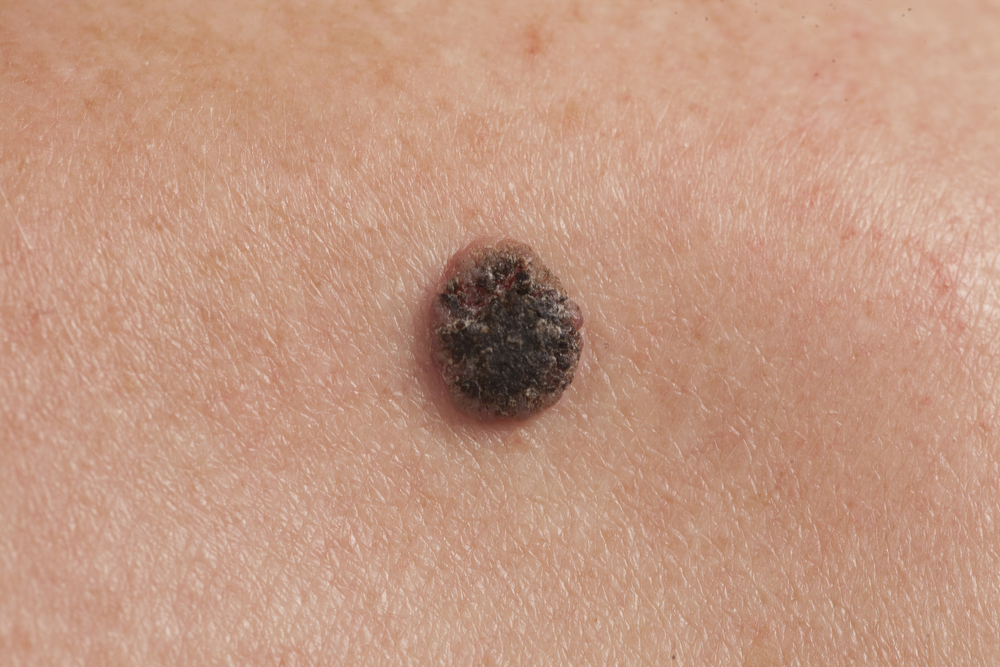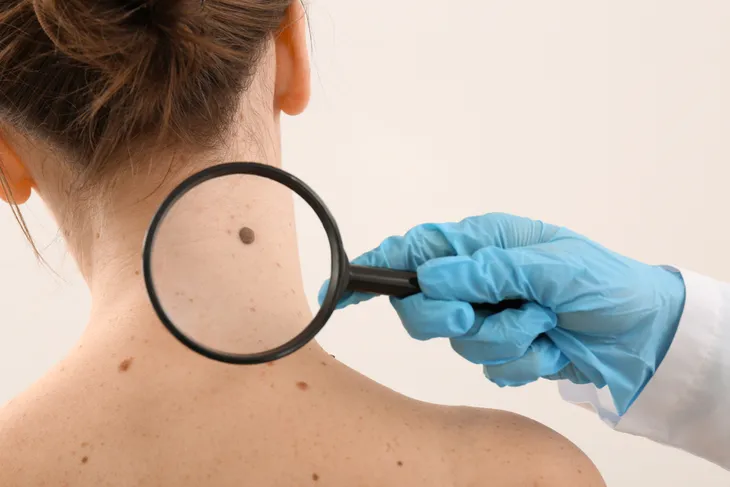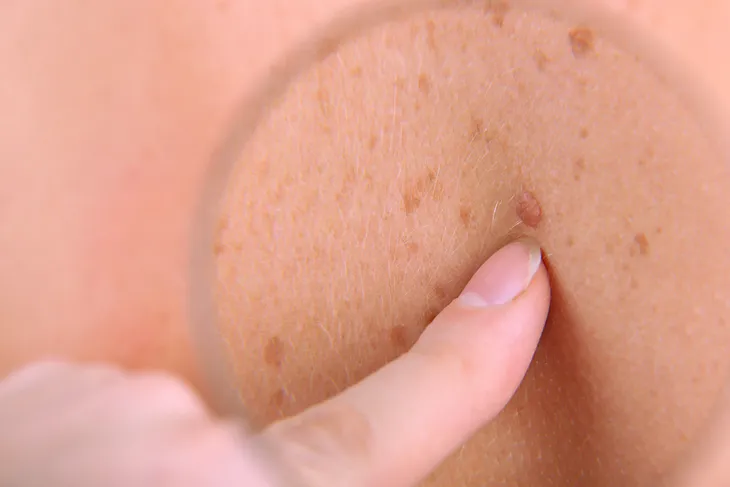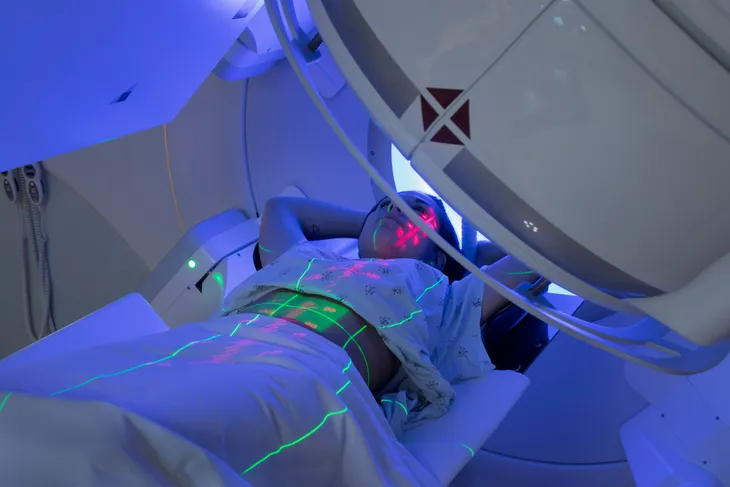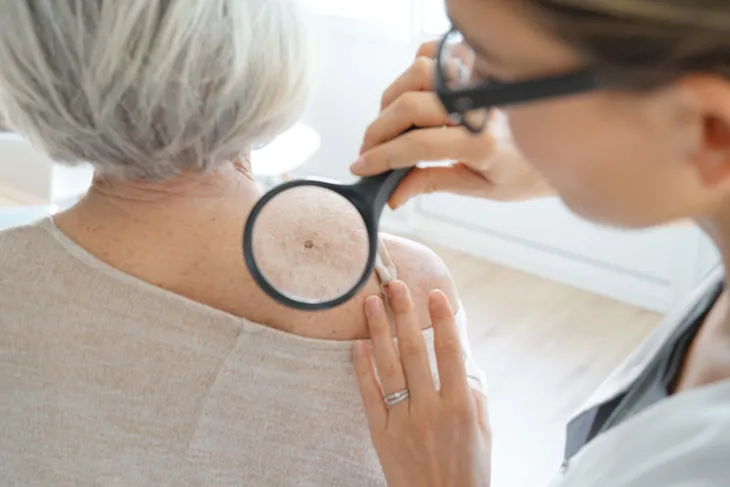Skin cancer is the most prevalent form of cancer both in the United States and worldwide. According to the Skin Cancer Foundation, two Americans lose their lives to skin cancer every hour. There are several different types of skin cancer, some are far more common than others. As a whole, all forms of skin cancer are believed to cost the United States around $8.1 million annually.
Squamous cell carcinoma is the second most common type of skin cancer, second only to basal cell carcinoma. It is currently estimated that over one million new cases are diagnosed in the United States every year. Tragically, the disease causes around 15,000 deaths annually.
What Is Squamous Cell Skin Cancer?
Squamous cell carcinoma occurs when damaged skin cells mutate and begin to multiply at an unhealthy rate, forming malignant growths. Most cases are caused by UV damage. As such, it typically appears on the:
- Head
- Neck
- Upper back
- Chest
- Face
- Legs
- Other sun-exposed areas
Squamous cell skin cancer is relatively easy to treat and has an excellent survival rate. When the disease is caught early, 99 percent of patients survive more than five years beyond the point of diagnosis.
Early diagnosis is essential to ensure successful treatment, as squamous cell carcinoma can spread to other areas of the body if left unchecked. If the cancer spreads to the bones or lymph nodes, it can become very difficult to treat.
Who Does It Affect?
Men are more than twice as likely to develop squamous cell skin cancer. This type of skin cancer can develop at any age but is extremely uncommon in people under 25. The risk of getting the disease increases with age. Most new diagnoses are made in people over 50 years old.
Black people are less likely than Caucasian people to get any kind of skin cancer. However, squamous cell carcinoma is the most common of all skin cancers among Black people, often appearing on the palms of the hands or feet.
Causes and Risk Factors
As mentioned earlier, squamous cell skin cancer is caused by exposure to UV rays. When a person is exposed to UV light from the sun or tanning beds, their outer and middle layers of skin can become damaged. This causes a mutation which eventually leads to cancerous growth.
Though UV exposure is the usual cause of this squamous cell skin cancer, there are several other factors which can increase a person’s risk of developing it. According to the American Academy of Dermatology, the main squamous cell skin cancer risk factors are:
- Having fair skin, pale-colored eyes, or red/light blonde hair
- Previously having a sunburn
- Living in a very sunny region
- Living or spending a lot of time at high-altitude
- Previously having skin cancer
- Being a transplant recipient
- Smoking cigarettes or previously having been a smoker
- Having AIDS or any other condition which impairs the immune system
- Having xeroderma pigmentosum, a disease which prevents the body protecting itself from sun damage
Signs and Symptoms
The primary symptom of squamous cell carcinoma is unusual growths or patches on the skin. This can sometimes be accompanied by soreness or itching in the affected area.
Squamous cell skin cancer presents differently from patient to patient. Patches of affected skin may appear like:
- A curved, wart-like bump
- An open sore which does not fully heal
- A flattish growth with raised edges that dips in the middle
Keep in mind that this cancer can be hard to spot in its infancy. In some cases, the cancer can simply be an existing mole changing in shape or size.
How to Prevent Squamous Cell Skin Cancer
Avoiding UV rays is by far the best way to lower your chances of getting squamous cell carcinoma. The Centers for Disease Control and Prevention recommends the following tactics for skin cancer prevention:
- Stay in the shade on sunny days, especially between 10 a.m. and 4 p.m., as the sun’s rays are most powerful during these hours
- If you must be in the sun, wear clothing that covers your arms and legs
- Wear a hat large enough to shade your face, ears, and neck
- Always wear sunscreen
- Do not use indoor tanning beds, booths, or sunlamps
How Is Squamous Cell Carcinoma Diagnosed?
The first step in diagnosing squamous cell skin cancer is a physical exam. Your doctor will check any abnormal patches of skin or moles for visible signs of the disease. To determine whether you are in the “high-risk” category, they will ask you some questions about your lifestyle and medical history.
If your doctor suspects that you may have skin cancer, they will schedule a biopsy to test the affected skin. This usually involves removing a very small part of the abnormal skin so it can be viewed under a microscope. Don’t worry, they will use numbing agents to make sure you are not in any pain.
What Are the Treatment Options?
If you are diagnosed with squamous cell skin cancer, do not panic. It is usually very treatable. The route your doctor takes will depend on a variety of factors. This will include your overall health and age, plus the location and severity of the cancer. In most cases, surgery to remove the growth is the most appropriate course of action.
In cases where surgery is not possible, your doctor may recommend radiation therapy to kill cancer cells and shrink the carcinoma. When the growth is smaller, it may be possible to operate.
When to See a Doctor
You must book an appointment with your general practitioner immediately if you notice any skin abnormalities. This is especially important if you are experiencing pain, itching, or bleeding around the affected area. Catching skin cancer early is the key to successful treatment, so do not delay in making the call.
